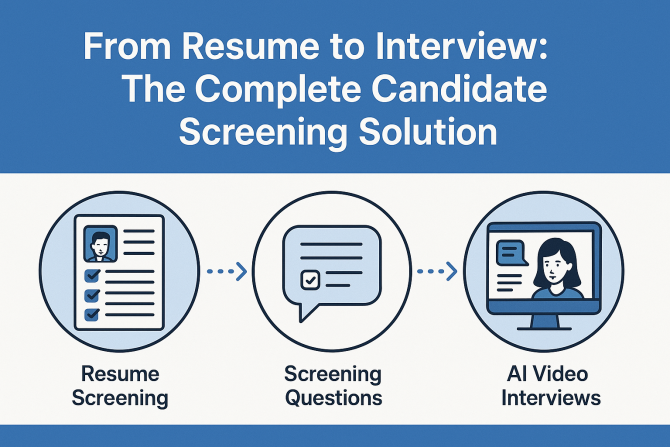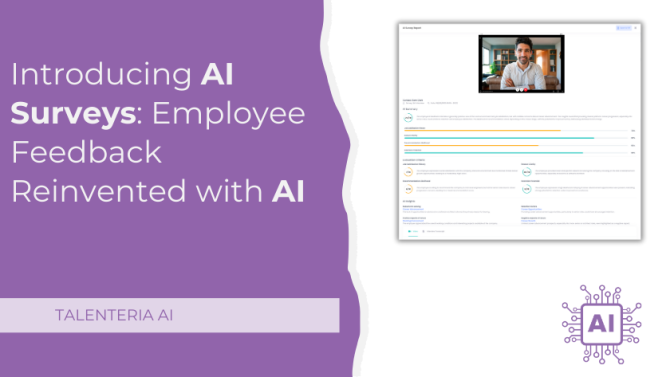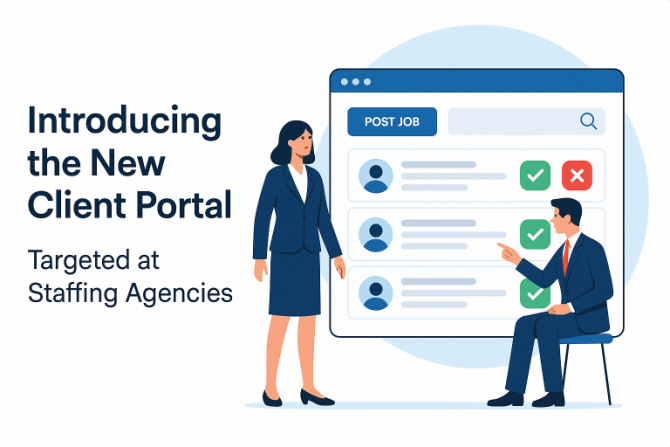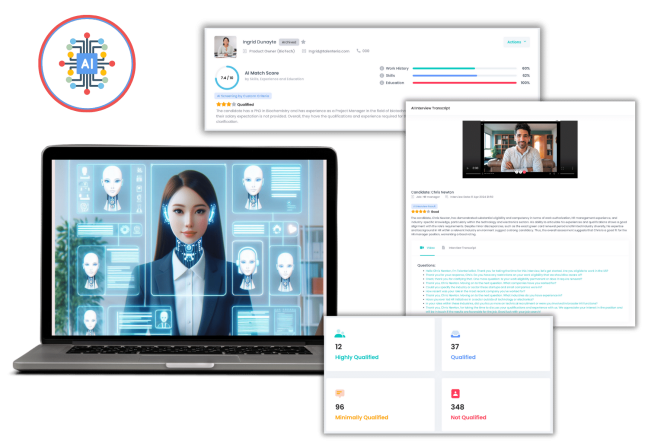
How to Build a Great Remote Onboarding Process
The global pandemic has affected a lot of businesses. Companies have been looking for various solutions so that their business will still continue. Working from the comfort of your home has been the trend for quite a while - however, the process of remote onboarding can be another challenge. Nonetheless, in the latest study, 77% of employees claim to be more productive when working remotely. Working from the comfort of your home is the new trend - but, with that, we need to examine how to fully digitalize the onboarding process.
How to Succeed in Onboarding Remote Employees
Remote onboarding can be challenging if you’re new in this industry. Making a thorough and detailed plan is important to be successful in the onboarding process of the newly hired remote employees. You may want to start with ensuring the devices needed for their work are properly working; check hardware and software before their first onboarding sessions so there won’t be any technical difficulties.
After successfully completing the first part of your onboarding process, milestones and a timeline are also needed. Checking your newly hired employees' progress will help you know if your remote onboarding process is effective and make your remote employees work efficiently and productively. Through this process, you may also encounter early issues that may result in future conflicts. Addressing these issues and problems should not be neglected; that’s why checking them is one of the most important things to include in the process of your remote onboarding.
The last part of the process of your remote onboarding should include providing feedback. Asking for onboarding process reviews and feedback is important so you’ll know which part of the process you may need to develop more. Making the process of onboarding more effective will help your company and your future employees. Feedbacks will help you to improve the development of the remote onboarding process.
Why Is Remote Onboarding Important?
The remote onboarding process is an essential part of the company’s transition to working remotely. Giving the proper and the best onboarding process will build strong relations and connections between your employees and their jobs. It will help your team to get to know the company so they will be able to adjust faster.
Having remote onboarding programs can also motivate your newly hired employees to be productive and stay loyal to the company. By gathering information and looking for the best practices, you may successfully develop an excellent remote onboarding program.
Remote Onboarding Program Goals
Providing the best first step for your new employees is clearly the main goal of having remote onboarding programs. However, there are more things to know and include in the goal of your onboarding process. Introducing your newly hired remote employees to the company culture without the worry of isolating them is the actual goal.
Encouraging your new remote team is vital to help them work productively and collaborate with other team members virtually. Having a remote onboarding program will give your employees better performance, and more employee engagement will happen.
Difference Between Remote and On-Site Onboarding
The remote onboarding process can be new to the companies who just have transitioned to a work-from-home setup. The on-site onboarding process can be challenging since you’ll start immediately, and working in the actual jobs has been the traditional method of training new employees.
However, remote onboarding processes are more detailed and planned out thoroughly since employers will work with the new team virtually. Transitioning to working remotely also enhances the performance and efficiency of the employee.
Benefits of Remote Onboarding
Onboarding remotely has several benefits that help the company to work efficiently. Remote working can produce more productive employees and success in achieving their tasks. The company will also benefit because the cost will decrease, and the company will spend fewer expenses.
Furthermore, companies that practice remote working have the most diverse talent pool because they get to know more potential employees with excellent talents and skills. In addition to this, doing business through the process of remote working will introduce your business to various time zones, and more clients or potential investors will connect with you.
Best Practices for Remote Onboarding
Various companies around the world have been transitioning to remote working. Human Resource departments nowadays are figuring out which remote onboarding practice for new employees is the best. Ensuring that your newly hired employees feel welcome and comfortable during the onboarding process is essential. However, adjusting to new technology can be hard for some people; that’s why developing and knowing which remote onboarding process is the most suitable for your team is vital.
In addition, remote work is too different from the on-site setup; that’s why finding the best practice for remote onboarding is needed. Trusting your employees is the best practice since you’ll be creating a sense of accountability. By developing the best onboarding program, positive habits of the employees may also be developed and help them accomplish great things while doing their work in your company.
A great onboarding process can include clear expectations, achievable timelines, support for new employees, access to new technology, motivation, and measurable goals. Starting with this concept and including these things on your remote onboarding can make your employees experience the best process ever.
1. Onboarding Plan
Developing an onboarding plan is the key to the success of the process. You should create a detailed plan for the remote onboarding employees. You are ensuring that all aspects of the onboarding process are included. Having milestones in your onboarding can also be utilized so you’ll be able to measure the progress of your employees.
Altering the previous onboarding plans is needed if you have been working on-site; you’ll need to make the new process suitable for virtual employees. It’s also necessary to set timelines for completing milestones within the plan. Having these aspects will give the new remote employees the structure they need to stay productive and accomplish their jobs while still settling into the work environment.
2. Welcome Pack for New Hires
As a part of the Human Resource department, you should consider creating a welcome pack for your new hires. Welcome packs can be distributed before their first session of remote onboarding. You may include important information in your pack, such as their colleagues' email addresses they will work with or their phone numbers.
Having a welcome pack will provide the newly hired employees general info that can help them throughout the process of onboarding. Do you want to give a warmer welcome? You may consider making a welcome video for your new employees since it can make them feel great and belongs to the team.
3. Secure Access for Tools
Simple login credential for tools that they will use for their jobs is the for the successful remote onboarding process. Familiarizing the newly hired employees is needed as much as possible so they’ll be able to work efficiently and productively.
You may create a guideline that will help them understand the various tools your company uses and how they will access them. Adding some easy information for login credentials should also be included.
Share your passwords carefully and make sure that you’ll avoid conflicts in terms of security. You may consider having your company some software to protect the passwords of your employees’ accounts so your business will be secured.
4. Group Onboarding
Remote onboarding for groups can make the process easier and lessen your stress. Group onboarding is helpful since most of the employees who enjoy working on-site for quite some time can feel isolated once transitioned to remote working. Having this kind of onboarding process will save you time. Furthermore, group onboarding can also be the easiest way to connect your new employees to their colleagues, and you’ll be getting to know them more since they won’t be intimidated by the traditional one-on-one onboarding.
5. Off-Site Meeting
Make sure to have at least one or two off-site meetings for your new employees so they can meet other senior employees face-to-face. Creating a sense of belongingness for your new employees is a vital part of the onboarding process; that’s why addressing this problem is a must. In addition to this, off-site gatherings can create stronger relationships between your employees.
6. Regular Checkups
The effectiveness of your remote onboarding process can be assessed by checking the progress of your new employees. Creating milestones and timelines in your onboarding plan is important, as it enables you to check the level of productivity and performance of your employee. Having these included in your process will make it easier for you to see any potential problems in the future. Checking your newly hired employees is also useful since they will be able to give you feedback about your remote onboarding process.
7. Collaborative Learning
Opportunities in remote working can be limited. Ensuring your new employees will be provided enough knowledge is important. The onboarding process can be tricky, but proper planning can make you successful. Ensure that every employee will learn from each other and work in a collaborative manner, thus creating a strong team-oriented culture that will benefit everyone in the company.
Creating various learning materials for your newly hired remote employees can be done through videos and webinars. You may want to make a video guide from your senior employees and high positioned employees for a mentoring session so your new employees can adjust faster in the work environment. Conducting webinars can also be an option. You may want to gather every member of the team to create a webinar dedicated to new employees so they will gain more knowledge to help them accomplish greater things with their jobs.
8. Training for Managers
Managers may have a hard time transitioning from the traditional culture of working to remote working. You may need to develop proper training for your managers so they can adjust well in the remote environment and work productively similarly when they are still working on-site.
Most companies have been neglecting this problem and lead to conflicts since the managers have still been using the method of traditional leadership even if they are already working remotely. Optimizing the onboarding and support for remote employees is important; that’s why training should also include managers and other high-level positions in the company.
9. Developing a Remote-Friendly Culture
Creating a remote-friendly culture in the company is important. Your company can have a successful remote onboarding process if you consider developing a remote-friendly culture. Since on-site employees and remote employees are part of your company, they do not share the same experiences, and it can lead to conflict since your remote employees may feel outcast from the team. Productivity may be affected if your employees feel neglected.
To make sure that your new remote employees feel welcome, you can arrange some video conferences for your on-site and remote employees. Develop a remote-friendly culture by treating all kinds of employees in an equal and fair manner. You should also offer the benefits of on-site employees to your remote workers, such as gym memberships and healthcare.
Ushering in RemoteBest Practices Talenteria
Remote working can be a challenge for your new employees. However, appropriate methods included in your remote onboarding process can be the key to the successful onboarding experience that they will have in your company.
The work-from-home setup has been in the industry for quite a while now, but remote working has become more popular due to the global pandemic, and more companies are willing to invest in this work set up. With Talenteria, we will help you achieve the best site for your recruitment process and connect you with diverse people around the globe. We will help you build the perfect remote team using digital marketing - reach out today to learn more.






